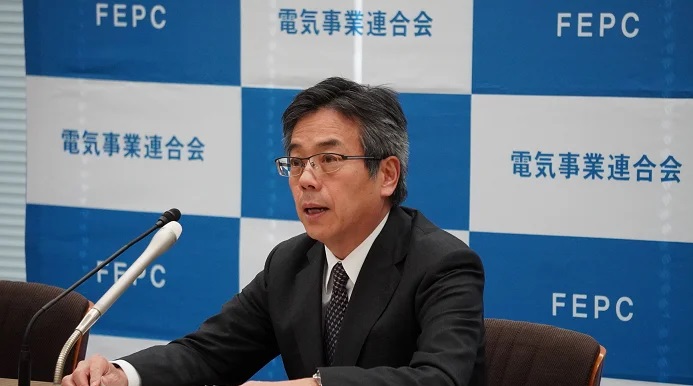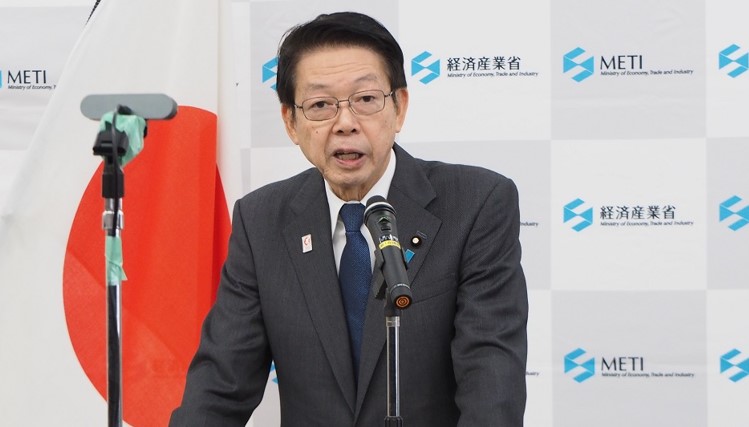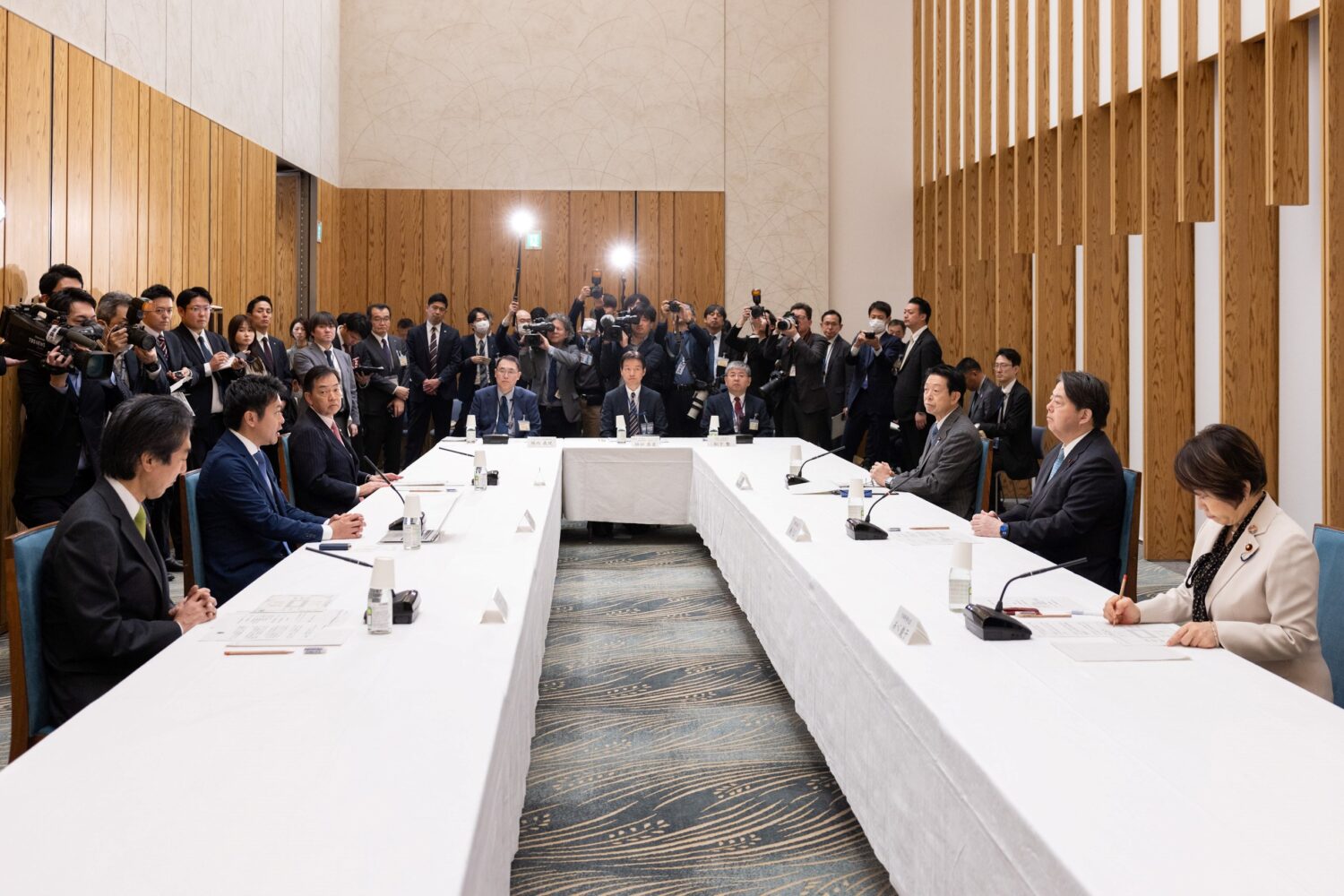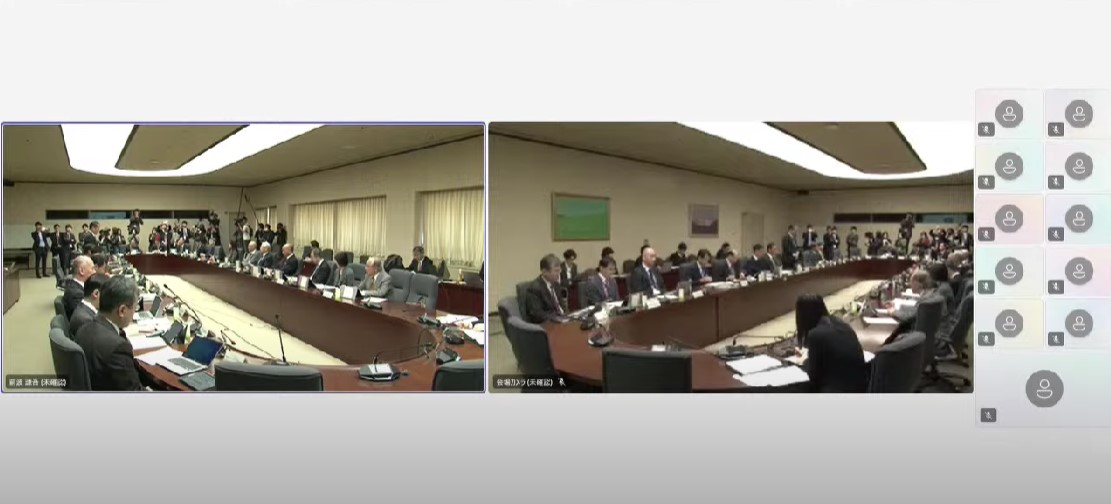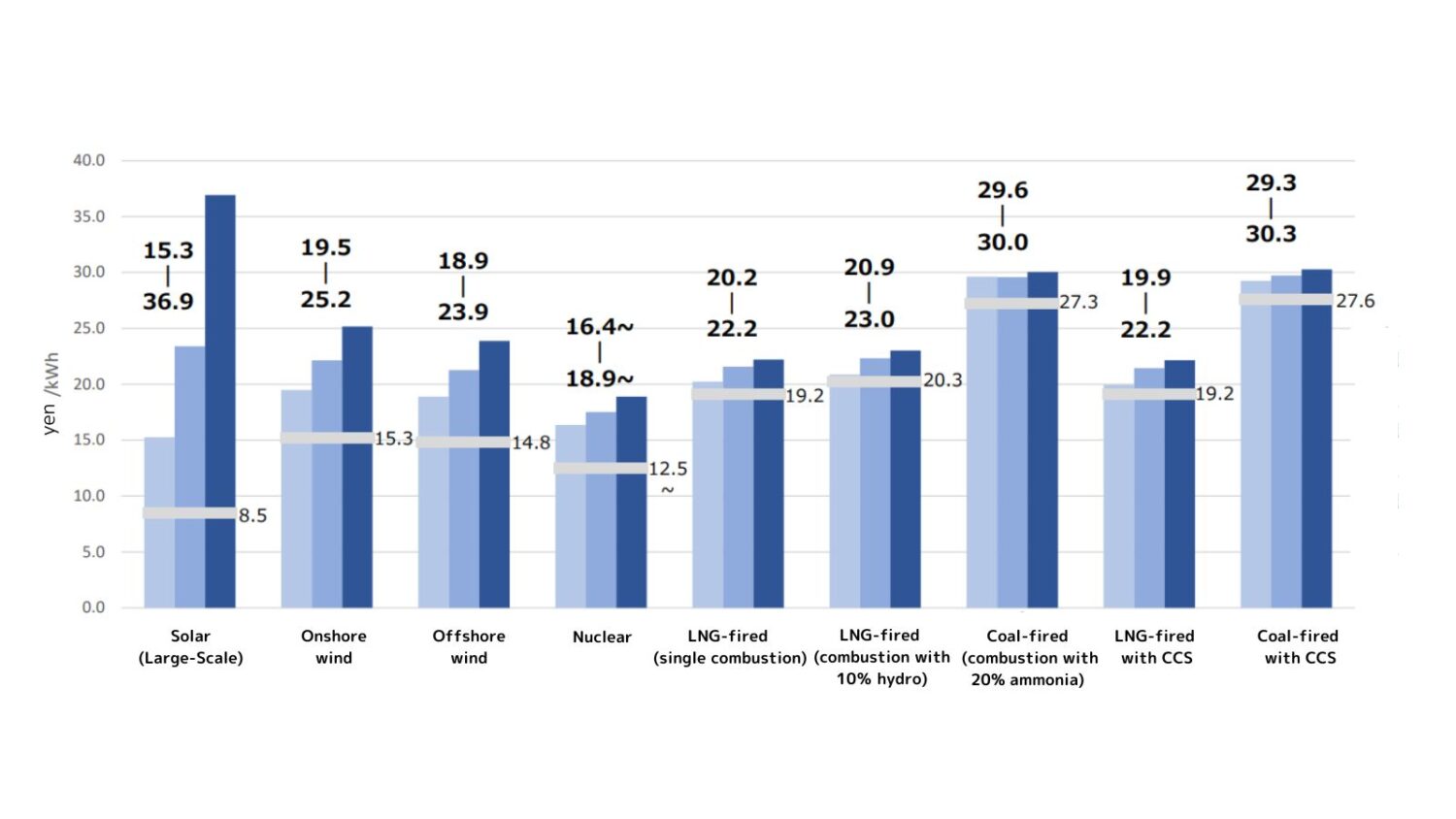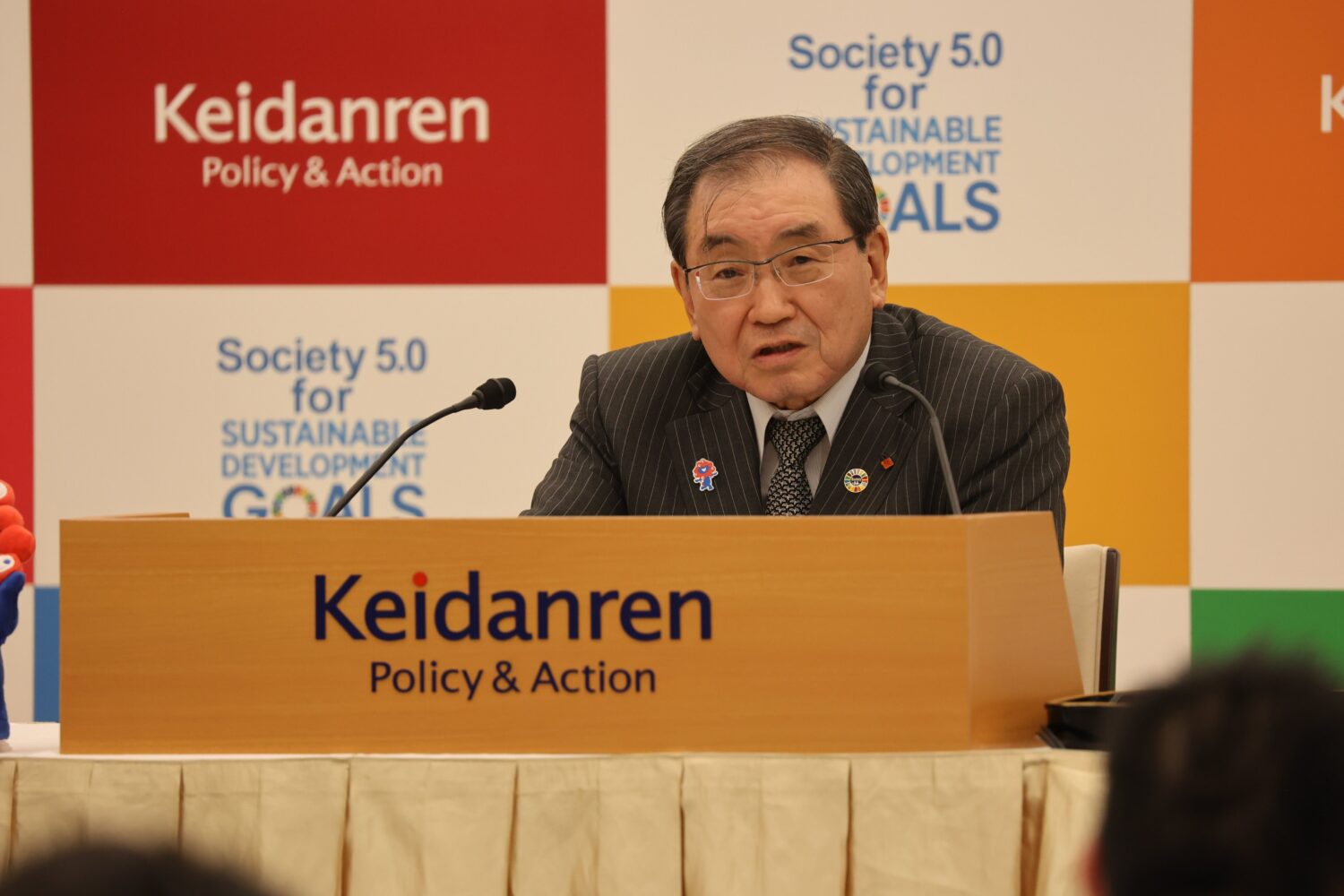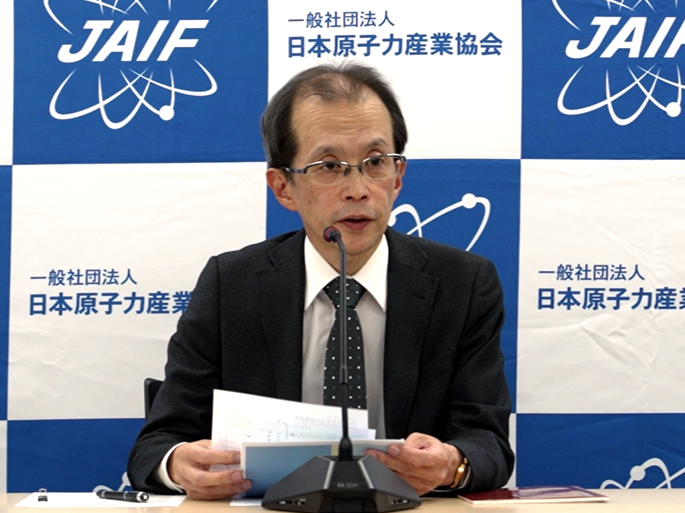The group is headed by Hiroya Masuda, advisor to the Nomura Research Institute. Last year, it issued an interim report suggesting that the Japanese government present “suitable” or “promising” locations deemed scientifically appropriate for disposal.
Since then, another working group has been considering requirements and standards, primarily in geological terms. That group is chaired by Osamu Tochiyama, technical advisor to the Nuclear Safety Research Association (NSRA).
At the September 29 meeting, he first explained the requirements and standards, as follows:
- Characteristics and long-term stability of the geological environment.
- Safety during construction and operation of facilities above and below ground.
- Safety during transportation.
- Feasibility of the project.
He then asked the working group to address the sociological aspects, such as limitations on land use according to laws and regulations, the number of landowners (ease of use), and ways to deal with municipal boundaries.
In light of basic policy revisions, symposia were staged in several localities across Japan in May and June to provide a broad range of information on geological disposal and its necessity. It was found, however, that people were concerned that the national government would unilaterally select sites and make requests of a few municipalities, and that surveys would go ahead ignoring regional wishes.
The Agency for Natural Resources & Energy (ANRE) will now strive to obtain understanding nationwide on the significance, purpose and positioning of presenting scientifically-promising sites during national symposia to be held this month, encouraging national dialogue on high-level radioactive waste (HLW) disposal.





